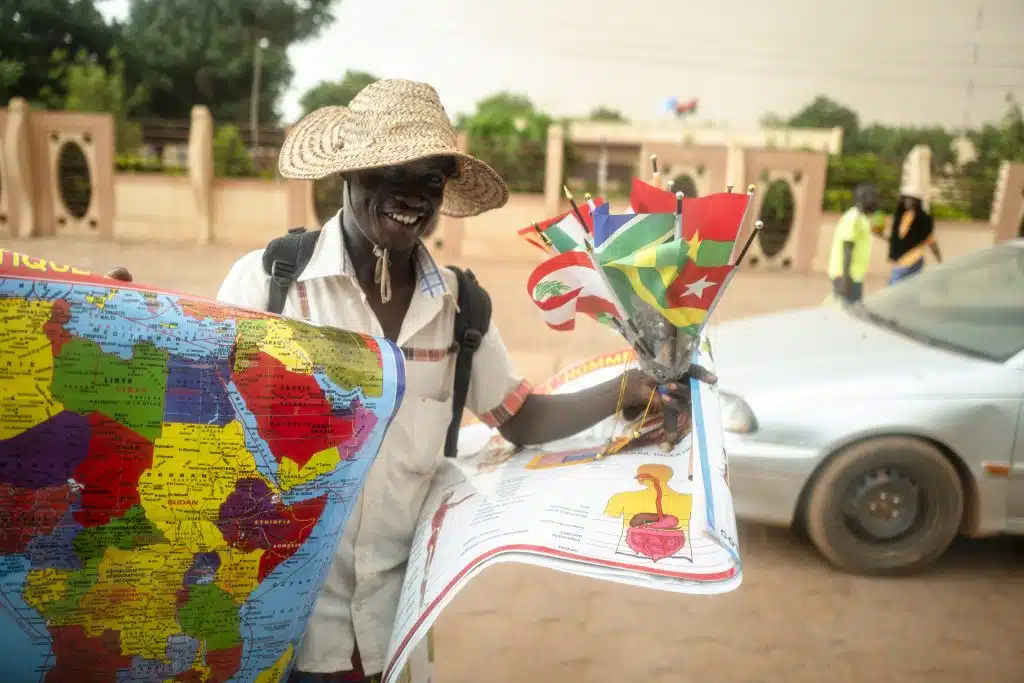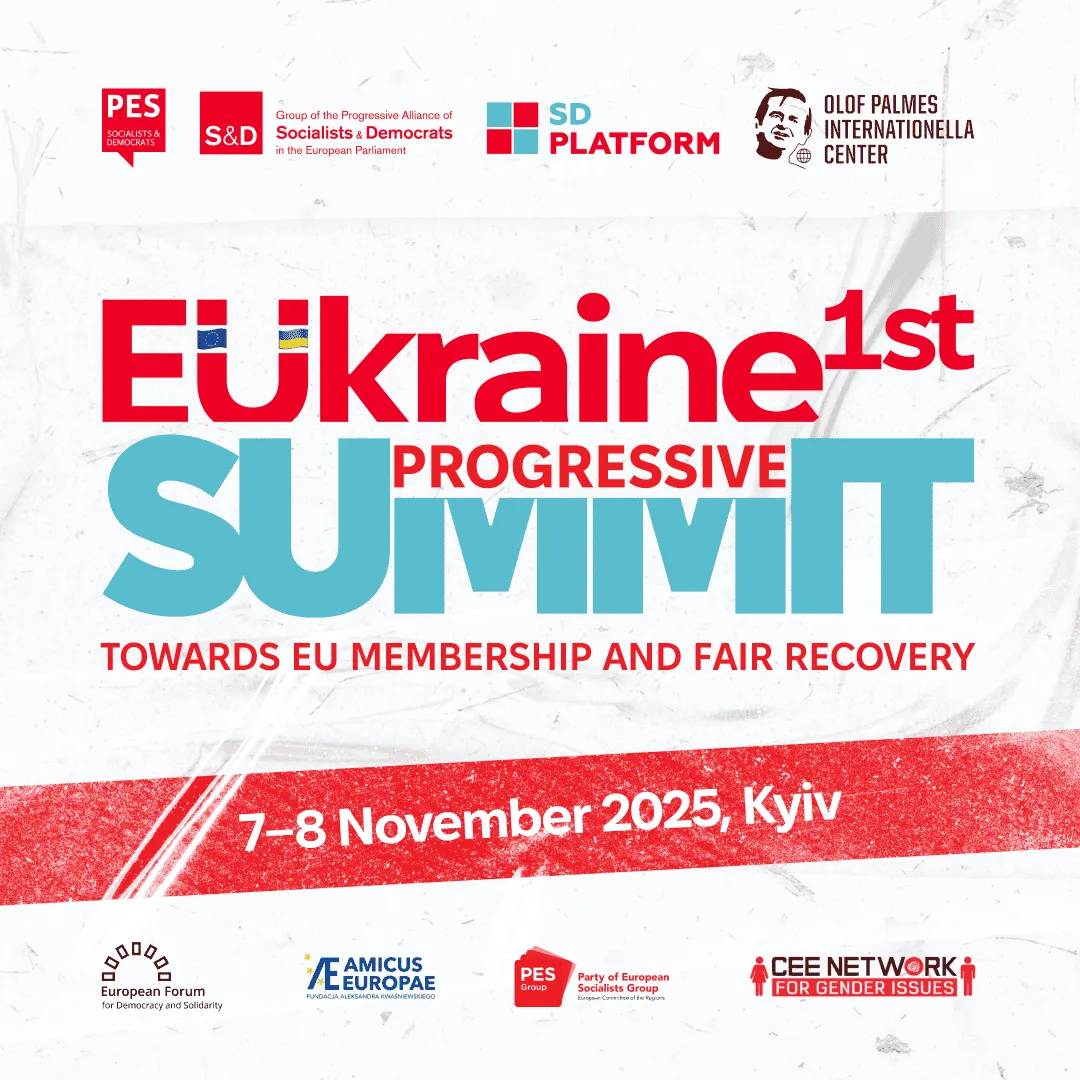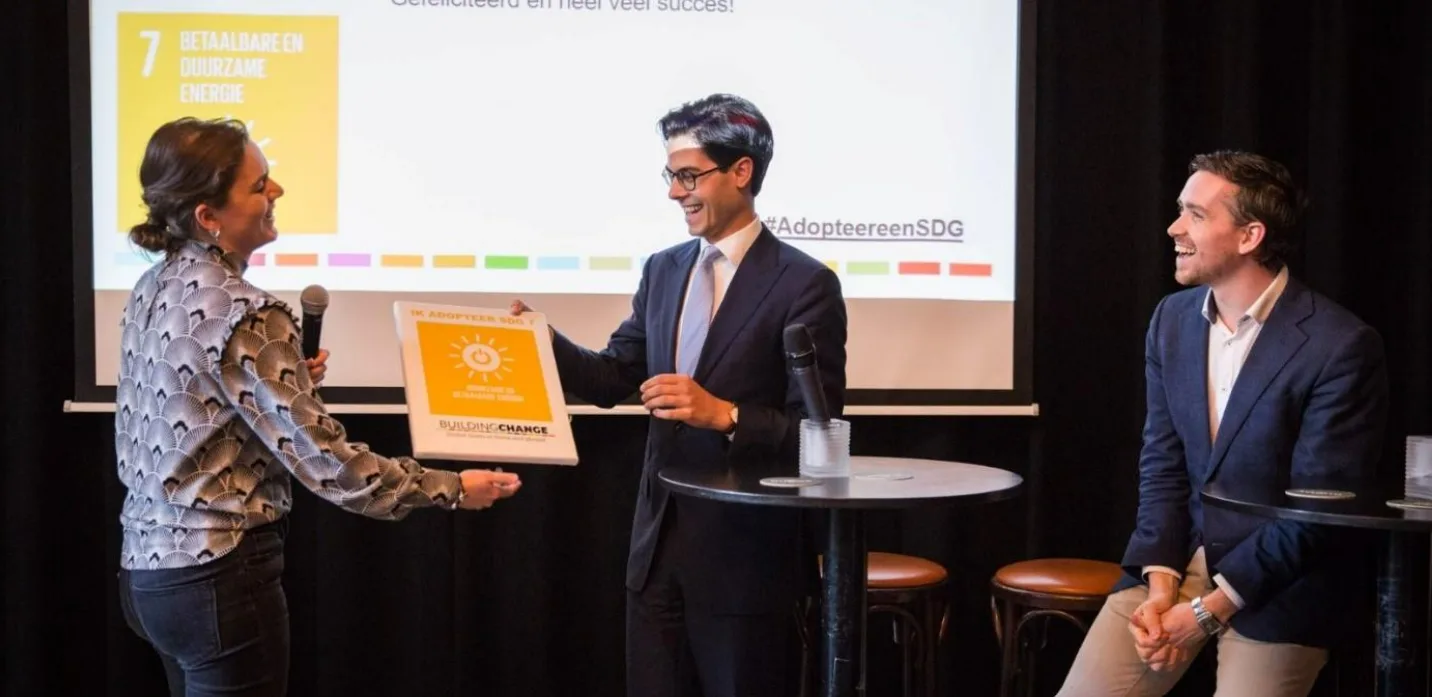It was unmissable last week: in Brussels, the heads of government of the 27 EU member states gathered for a special European Council summit. Partly at the request of the Netherlands, migration, especially asylum migration, was high on the agenda. And one of the key questions: should fences and walls along the EU's external borders be funded from the EU budget?
The numbers: what are we talking about?
Before we get into possibly building walls, what are we actually talking about? That the Netherlands is not doing well with the reception of asylum seekers is clear. Consequently, there is talk of a 'migration crisis' or 'asylum crisis'. Is this even correct?
The share of refugees in the European population has been fairly stable for years. Every year, a group the size of between 0.1 and 0.2% of the entire European population comes to our continent. Politicians also regularly use words interchangeably, equating 'the migrant' with 'the asylum seeker'.
If you go to the figures looks is really a different story. But about 10% of migrants in the Netherlands are asylum seekers, people seeking asylum in the Netherlands. So a relatively small proportion. The rest of the migrants? Almost half (44%) are migrants from within the EU - the largest groups are from Poland and Germany, about a quarter (22%) are people with Dutch nationality returning to the Netherlands and 10% is family migration from outside the EU. In the latter group, the applicant living in the Netherlands must meet the income requirement. Most family migration comes from India, Turkey and the US. Besides these categories of migrants, you also have students from outside the EU (7%) and labour migrants from outside the EU (6%).
"Speaking of an 'asylum crisis' or 'migration crisis' is unjustified. It is a reception crisis, created, among other things, by politics."
Thus, to speak of an 'asylum crisis' or 'migration crisis' when talking mainly about the poor conditions in which asylum seekers are received is therefore unjustified. It is a reception crisis, among other things created by politicians. As soon as the number of asylum seekers decreases, the Netherlands cuts back on COA and IND, and there is insufficient reinvestment once the numbers increase a bit again.
The effect of walls
Yet many different 'solutions' come along, including thus building walls - or fences - along Europe's external borders to stop migrants. The idea is that the walls would have a deterrent effect: especially irregular migrants, who have little chance of getting a residence status, would be deterred from making the dangerous journey. According to Prime Minister Rutte, there are always ''gates' in a fence or wall, which does allow refugees to continue seeking asylum at any time.
The question, however, is whether walls work to reduce irregular migration, reduce the revenue model of people smugglers and save lives. Many migrants from African countries, for example, migrate irregularly because there are no legal options. At the same time, there is insufficient future at home. Highly educated young people come out of university in Tunisia and Ghana, for example, with no chance of employment. "People prefer to go because they have nothing to lose. In fact, they do not have anything to gain when they stay here," said Banasco from Ghana who we interviewed for our research around migration.
"Further barriers are actually going to cost lives."
It is therefore highly likely that further barriers will actually cost human lives, as the routes Africans can take become increasingly dangerous. This plays into the hands of people smugglers and also increases the risk for migrants of inhumane conditions during their journey, with all its consequences. Because migration routes are often mixed, with both refugees and irregular migrants taking the same routes, it also makes refugee flight even more dangerous.
Asylum shelter in Rwanda?
To make the Netherlands even less attractive, JA21 last Tuesday came up with the idea - as has already been proposed in the UK and Denmark - of arranging asylum reception in partner countries outside the EU, for example Rwanda. No asylum seeker has been sent to Rwanda from the other two countries to this day, because the European Court of Human Rights slammed on the brakes and ruled that there was a "real risk on irreparable suffering" exists. An unsuccessful plan, therefore, also because Rwanda controversial is due to human rights violations.
What should we do?
At the same time, continuing on the current path is not an option. The reception of asylum seekers in the Netherlands is far below par and migrants from Africa in particular are at great risk during their journey to Europe, resulting in many deaths.
For years, Europe has been promising to increase its commitment to legal migration opportunities. Migration is very important for many African countries: the payments migrants make to their home countries are a substantial part of national income. Also, circular migration, where migrants work temporarily in Europe, can contribute to growth in their home countries by bringing back new skills.
This, together with the importance of saving lives, should be central to the Dutch and European approach to irregular migration. You make these kinds of agreements on the basis of equality. Hence our call to the Dutch cabinet: take the relationship with Africa seriously, talk to civil society in African countries and come up with measures that work and contribute to humane regulated migration. Now that is a win-win situation. Instead of building walls, we should build partnerships.




